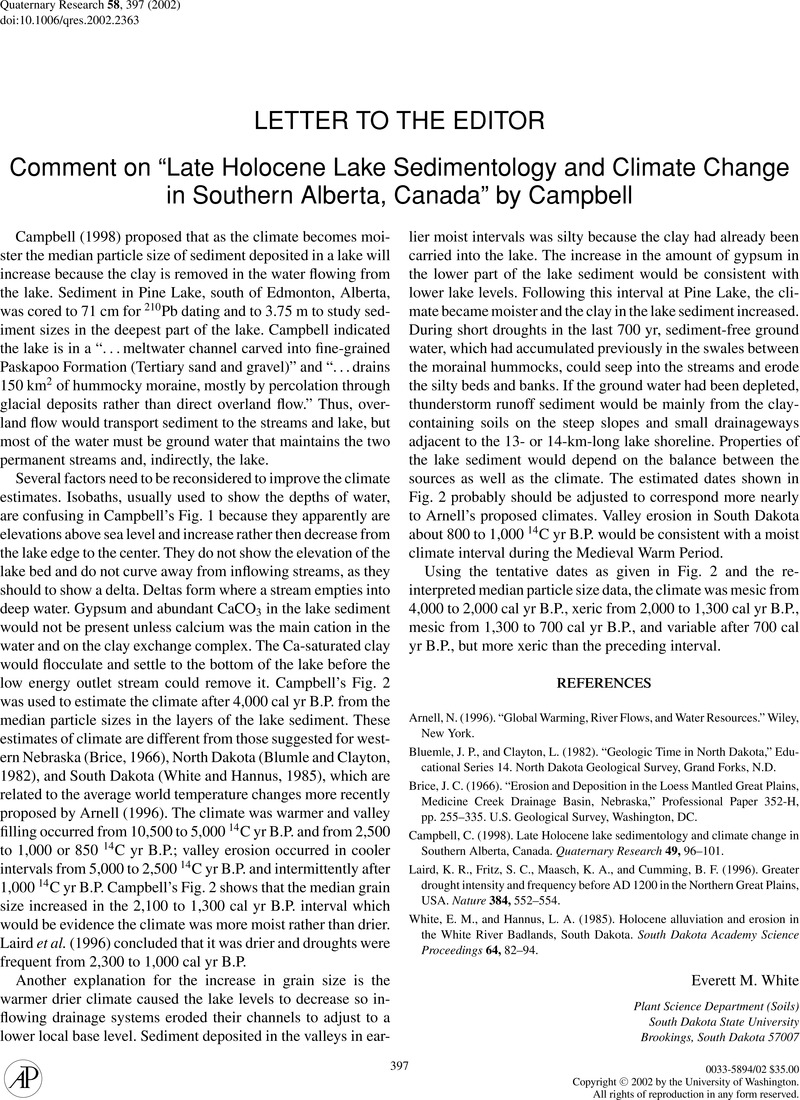Crossref Citations
This article has been cited by the following publications. This list is generated based on data provided by Crossref.
Yi, Liang
Yu, Hong-Jun
Ortiz, Joseph D.
Xu, Xing-Yong
Chen, Shen-Liang
Ge, Jun-Yi
Hao, Qing-Zhen
Yao, Jing
Shi, Xue-Fa
and
Peng, Shu-Zhen
2012.
Late Quaternary linkage of sedimentary records to three astronomical rhythms and the Asian monsoon, inferred from a coastal borehole in the south Bohai Sea, China.
Palaeogeography, Palaeoclimatology, Palaeoecology,
Vol. 329-330,
Issue. ,
p.
101.
Wang, Liyan
Li, Guangxue
Liu, Jian
Mei, Xi
and
Zhang, Yang
2021.
Astronomical dating of Quaternary strata in the South Yellow Sea and its indication for paleoclimatic evolution.
Marine Geology,
Vol. 439,
Issue. ,
p.
106557.



